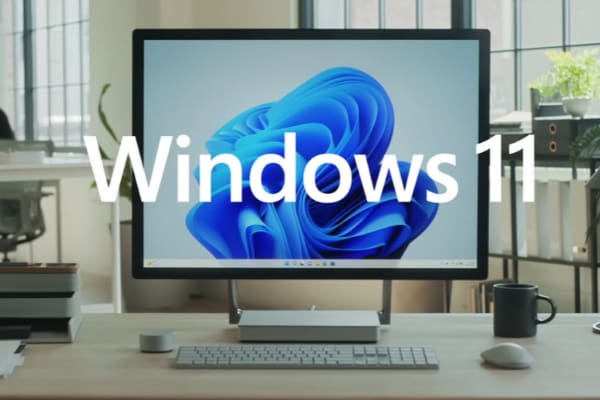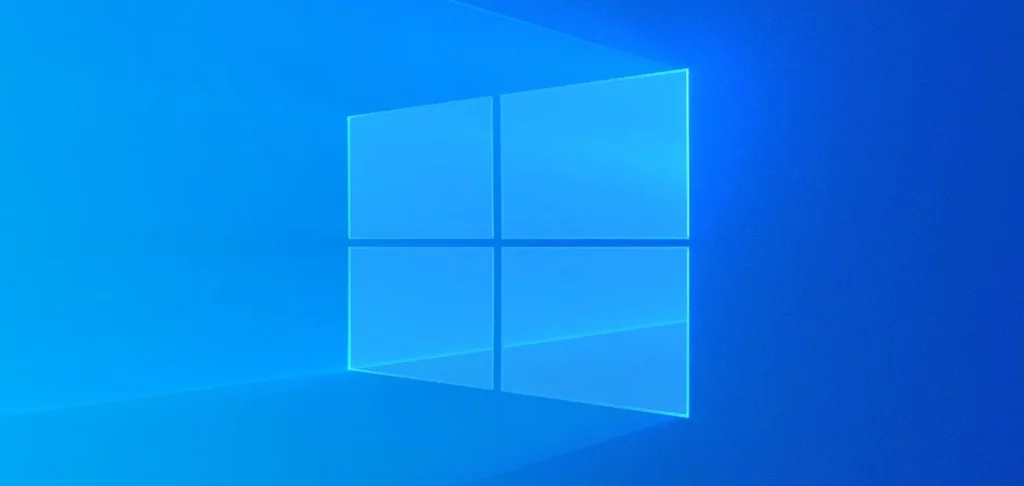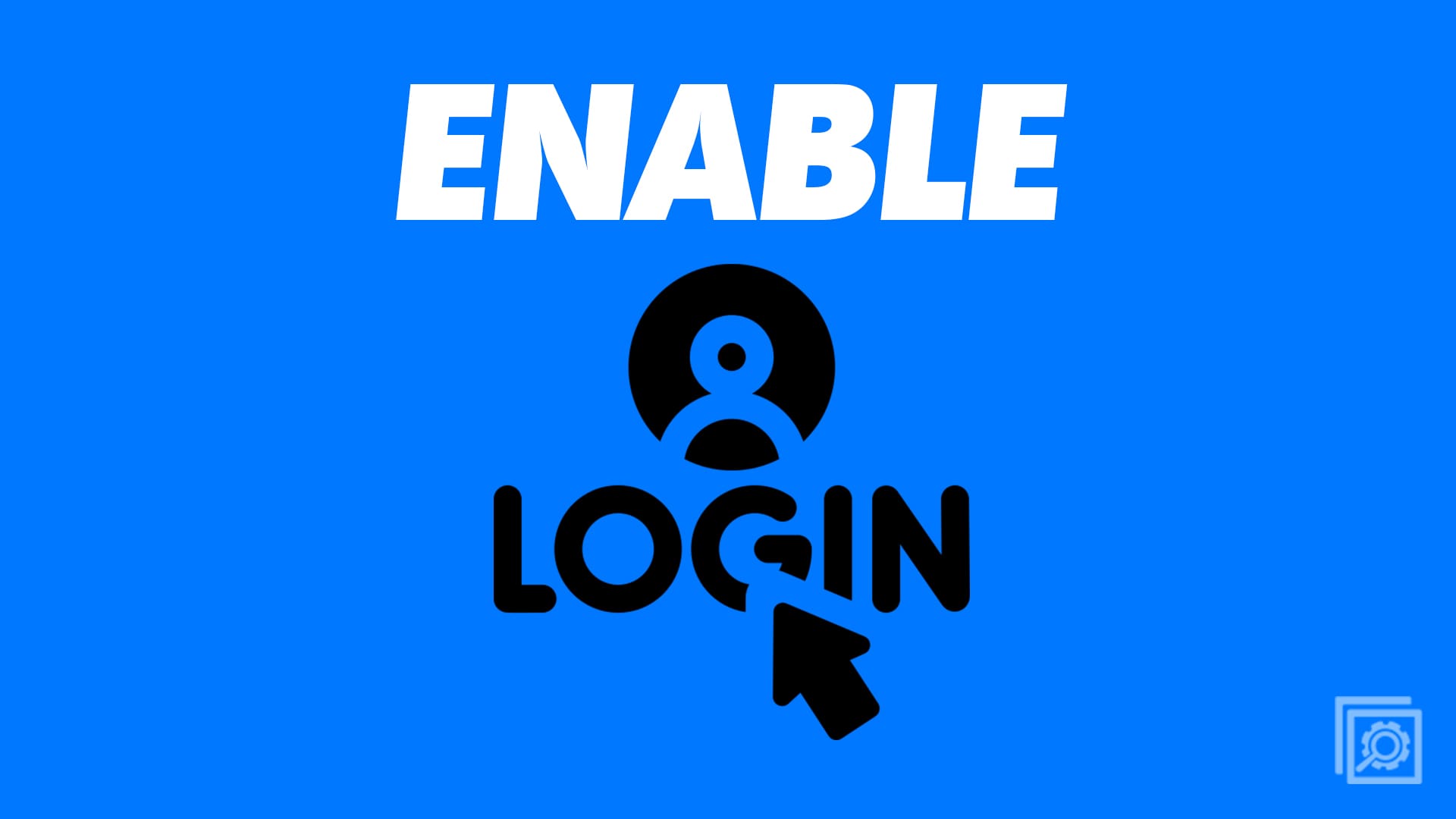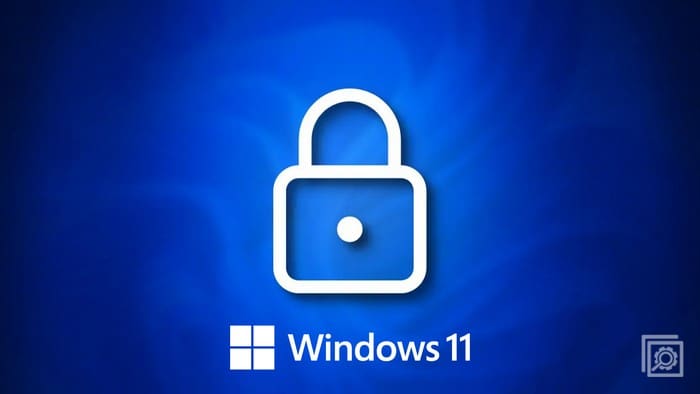Email accounts can deal with some very private data, and as such, you should carefully consider who and what has access to them. A strong and unique password is obviously a good choice to keep other people out, but it’s also a good idea to restrict which apps can access your email. You can configure which apps are allowed access to your email in Windows 10 through the Settings app.
To configure which apps can access your email, you need to go to the email privacy settings in the Settings app. You can open that page directly by pressing the Windows key, typing “Email privacy settings” and hitting enter.
Tip: These settings only apply to Email accounts you’re signed into in Windows 10 itself and apps installed via the Microsoft Store. For example, this could be through the default Mail app or through the “Email & accounts” section of the Settings app. This will NOT affect you being signed into Gmail in your web browser for example.
There are three settings on the email privacy page. The top option “Allow access to email on this device” is used to allow or deny accessing email on all accounts on the device. If this setting is set to “Off”, no account on the device can allow an app to access email. Changing this setting requires administrative privileges. To change this setting, click “Change”, then click the slider in the small popup window that appears. You’ll need to click “Yes” on the User Account Control (UAC) prompt.

The second setting only affects the current user account. Changing this setting to “Off” stops all apps from being able to access email data. This setting doesn’t require administrative permissions to change.
Tip: If this setting is enabled, the Mail and Calendar apps will be allowed to access your email. You can’t configure the permissions for these apps separately as they are essential Windows functions.
The final set of options is a list of all installed apps that have requested access to your email. Here you can allow or deny access on an app-by-app basis. Some apps may provide useful integrations. For example, the People app, can allow access to your contacts, whereas you may be concerned about the privacy implications of allowing other apps like Cortana access to your email data. It’s up to you to give and revoke the permissions as you like.
Tip: These settings only apply to apps installed through the Microsoft Store. Third-party software installed from the internet can’t be managed in this way.




